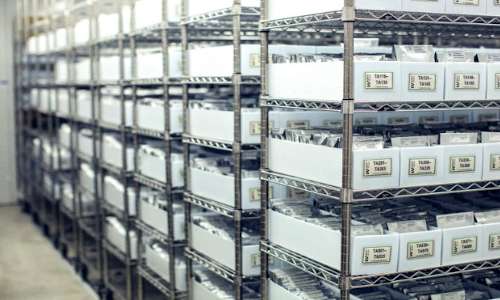By Michael Anderson
Professional millers and bakers know that the appearance and taste of every product depends on the specific characteristics imparted by its flour ingredient. And those characteristics are deeply rooted in the ancient craft of plant breeding.
[Plant breeding is an ancient craft.] As far back as 10,000 years, farmers looked for traits that helped them grow more and better food. Egypt became the breadbasket of ancient Rome as its farmers adopted a type of wheat from the “fertile crescent” in modern Iraq to plant along the Nile River. Over time, the Egyptians found ways to grow a grain that was sturdy enough to transport long distances and stand up against pests. The Egyptian wheat traded with the Romans may not be what we are used to today, but the process for how it was grown to meet the needs of the consumer is by no means ancient history.
Today, the Wheat Genetics Resource Center at the Kansas Wheat Innovation Center houses more than 30,000 wheat varieties from around the world that are descendants of ancient varieties. Kansas Wheat Vice President of Research and Operations Aaron Harries likened the collection to a “treasure hunt,” offering the opportunity to find the next innovation derived in part from each specimen. Researchers and breeders here, and at other programs across the United States, play an important role in the relationship U.S. Wheat Associates (USW) builds with its customers. By listening to both farmer and customer feedback, they work on developing high-yielding, disease resistant wheat seed with excellent milling, baking and processing qualities.

Wheat Genetics Resource Center at the Kansas Wheat Innovation Center in Manhattan, Kan.
Dr. Senay Simsek is a cereal chemist and professor at North Dakota State University and says that the personal connections that she has made on fifteen trips with USW to four different continents is crucial to her work. As an expert on hard red spring (HRS) wheat, Simsek says that when she prepares to meet overseas customers, she familiarizes herself with the types of wheat flour products they make, what the other ingredients are and what countries they buy wheat from. Being familiar with a market is important to understanding the unique needs of the customer. “Sophisticated” was the word she uses to describe customer needs and knowledge, emphasizing how important the technical process of using the right wheat for a specific product can be.
Click here to see more...